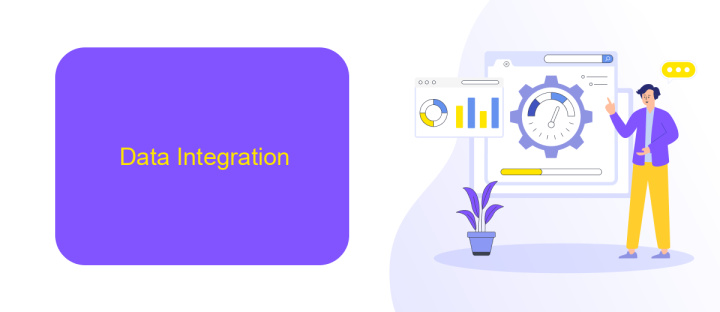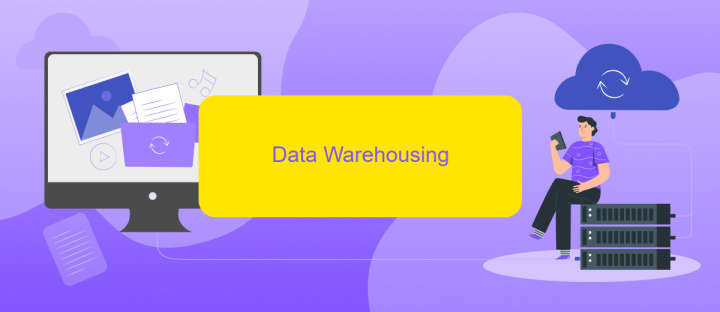Data Integration Data Warehousing
Data integration and data warehousing are critical components in modern data management strategies. They enable organizations to consolidate, store, and analyze large volumes of data from diverse sources. By integrating disparate datasets into a unified warehouse, businesses can enhance decision-making, improve operational efficiency, and gain valuable insights. This article explores the key concepts, benefits, and challenges associated with data integration and data warehousing.
Introduction
Data integration and data warehousing are critical components in the modern data-driven landscape. These processes enable organizations to consolidate data from various sources, ensuring seamless access and analysis. By integrating data, businesses can achieve a unified view of their operations, leading to more informed decision-making and improved efficiency.
- Data Integration: Combining data from different sources into a single, coherent data store.
- Data Warehousing: Storing integrated data in a central repository for analysis and reporting.
- ApiX-Drive: A service that simplifies the integration process, allowing for automated data transfers between applications.
Effective data integration and warehousing require robust tools and strategies. ApiX-Drive, for instance, offers a user-friendly platform that automates data synchronization, reducing manual effort and minimizing errors. By leveraging such services, businesses can ensure their data is accurate, timely, and readily available for analysis, ultimately driving better business outcomes.
Data Integration

Data integration is a critical process in modern data management, enabling organizations to consolidate data from various sources into a unified view. This process ensures that disparate data systems can communicate effectively, providing a comprehensive understanding of an organization's operations. By integrating data, businesses can enhance their decision-making capabilities, improve operational efficiency, and gain valuable insights from their data. The integration process often involves extracting data from different sources, transforming it into a consistent format, and loading it into a centralized system, such as a data warehouse.
To streamline data integration, various tools and services are available that simplify the process. One such service is ApiX-Drive, which offers a user-friendly platform for setting up integrations between multiple applications and data sources. ApiX-Drive allows users to automate data transfers without the need for extensive coding knowledge, making it accessible to a broader range of users. By leveraging such services, organizations can reduce the complexity and time required for data integration, enabling them to focus on analyzing and utilizing the integrated data to drive business growth.
Data Warehousing

Data warehousing is a crucial aspect of modern data management, serving as a centralized repository for integrated data from various sources. It enables organizations to consolidate, store, and analyze large volumes of data, facilitating informed decision-making and strategic planning. By creating a single source of truth, data warehouses enhance data quality and consistency across the enterprise.
- Data Extraction: This step involves collecting data from multiple heterogeneous sources such as databases, APIs, and flat files.
- Data Transformation: The extracted data is then cleaned, formatted, and transformed to meet the analytical requirements.
- Data Loading: The transformed data is loaded into the data warehouse, making it available for querying and analysis.
Utilizing services like ApiX-Drive can streamline the integration process, automating data extraction and transformation from various sources. ApiX-Drive provides user-friendly tools to set up integrations without requiring extensive technical expertise, ensuring that data flows seamlessly into the data warehouse. This automation reduces manual effort, minimizes errors, and accelerates the data integration process, allowing businesses to focus on deriving insights and driving growth.
Benefits of Data Integration and Data Warehousing

Data integration and data warehousing play a crucial role in modern business intelligence strategies. By consolidating data from multiple sources, organizations can gain a comprehensive view of their operations, enabling better decision-making and strategic planning.
One of the key benefits of data integration is the ability to streamline operations. By automating data flows between different systems, companies can reduce manual data entry, minimize errors, and save valuable time. Data warehousing, on the other hand, allows for efficient storage and retrieval of large datasets, supporting advanced analytics and reporting.
- Improved data quality and consistency
- Enhanced decision-making capabilities
- Reduced operational costs
- Scalability and flexibility
Services like ApiX-Drive facilitate seamless data integration by offering automated workflows between various applications and platforms. This ensures that data is synchronized in real-time, providing businesses with up-to-date insights. By leveraging such tools, organizations can focus more on analyzing data rather than managing it, thus driving innovation and growth.


Challenges of Data Integration and Data Warehousing
Data integration and data warehousing face numerous challenges, primarily due to the complexity of merging data from disparate sources. One major issue is data inconsistency, where different systems store data in varied formats, leading to difficulties in harmonizing information. Additionally, ensuring data quality and accuracy is critical, as erroneous data can significantly impact business decisions. Another challenge is the scalability of data warehouses, which must accommodate growing volumes of data without compromising performance.
Security and compliance are also significant concerns, as sensitive data must be protected from breaches and adhere to regulatory requirements. The process of integrating data can be time-consuming and resource-intensive, often requiring specialized tools and expertise. Services like ApiX-Drive can streamline this process by providing automated data integration solutions, reducing manual effort and minimizing errors. Furthermore, ApiX-Drive offers real-time data synchronization, ensuring that data warehouses are always up-to-date, thereby enhancing operational efficiency and decision-making capabilities.
FAQ
What is Data Integration?
Why is Data Warehousing important?
How do I ensure data quality in my Data Warehouse?
What are the challenges of Data Integration?
How can I automate Data Integration processes?
Apix-Drive is a universal tool that will quickly streamline any workflow, freeing you from routine and possible financial losses. Try ApiX-Drive in action and see how useful it is for you personally. In the meantime, when you are setting up connections between systems, think about where you are investing your free time, because now you will have much more of it.

